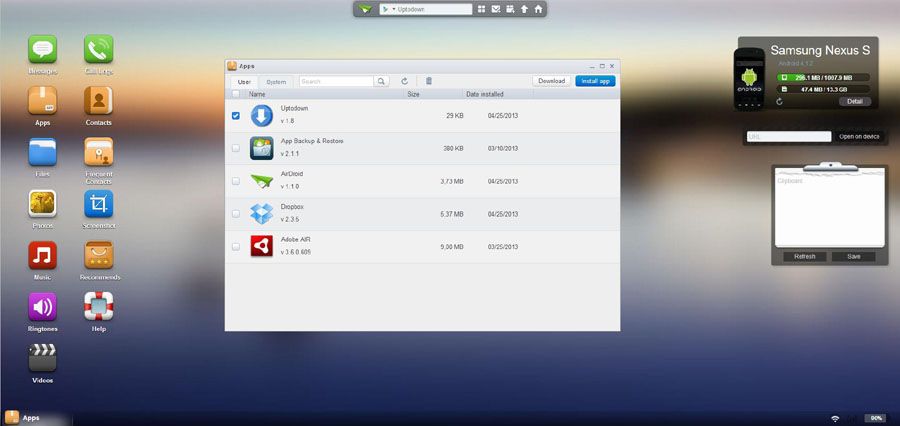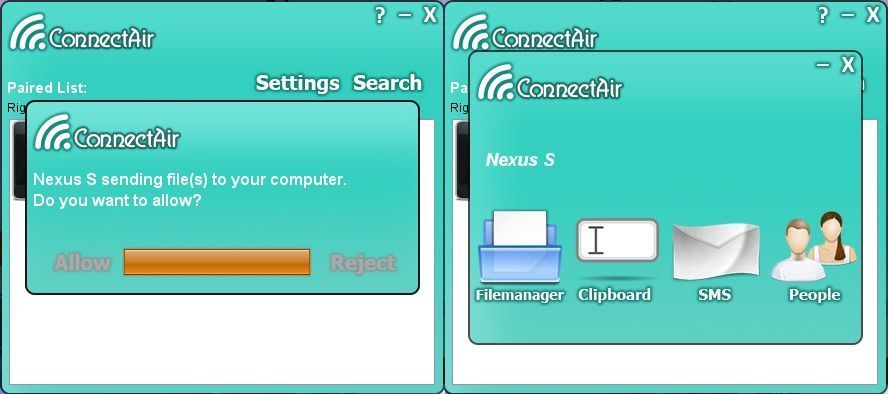Given the fact that we are increasingly doing tasks on our smartphone that used to be done exclusively on desktop computers, it follows that we increasingly need to move files from one device to another. While it’s true that a good way to have your info available wherever you are is to turn to a cloud file-hosting service, there are other ways to share your files. Here we explain a few of them.
Sharing folders on your private network
If both devices are connected to the same secure network, an efficient way to move files between your PC and your smartphone is by creating a shared folder. From Windows, if you open the context menu over any folder by right-clicking and clicking Share with > Users, you can open the folder publicly by ticking the option All, which will display all computers connected to your network.
To avoid access problems, it’s recommended to remove password protection from the network, which you can do in Control Panel > Networks and Connections > Network and Sharing Center > Change advanced sharing settings. There you’ll look in the drop-down menu for the option to password-protect remote access files.

On the smartphone side, you’ll need a file explorer that allows remote access, such as the free app ES File Explorer. To access the shared folder, you’ll open the drop-down side menu by clicking on the icon in the upper left corner and enter Network > LAN. From there, by clicking on the Scan icon, you’ll see the computers connected to the network. Select the one you want to share files with, and you’ll be able to see the shared folder in question, and can work with the folder in both directions.
Using AirDroid
We’ve already talked before about AirDroid. We have long been due a service that lets you associate your phone with a PC on several different levels: you can, for instance, among many other things, copy and move files from one device to another.
To use it, you’ll need to download both the app on your smartphone and the Windows client, and also do a secure activation process through the company. After this, and from a comfortable interface, you can view your photos, play music, uninstall apps, or view videos from your remote device without having to leave the program.

Using ConnectAir
If you don’t need so much paraphernalia and want a quick and light system, the ConnectAir tool is an interesting option. The way it works also involves a Windows client and an app installed on Android, although it is much more specific and simple.

When both systems are connected to the same network, you can search from your computer for all connected Android devices. The app is a file explorer similar to the aforementioned ES File Explorer, and from it you can select files and send them to your PC or vice-versa. In addition, the app allows you to send text copied to your clipboard, contact information, or SMS messages in both directions.










